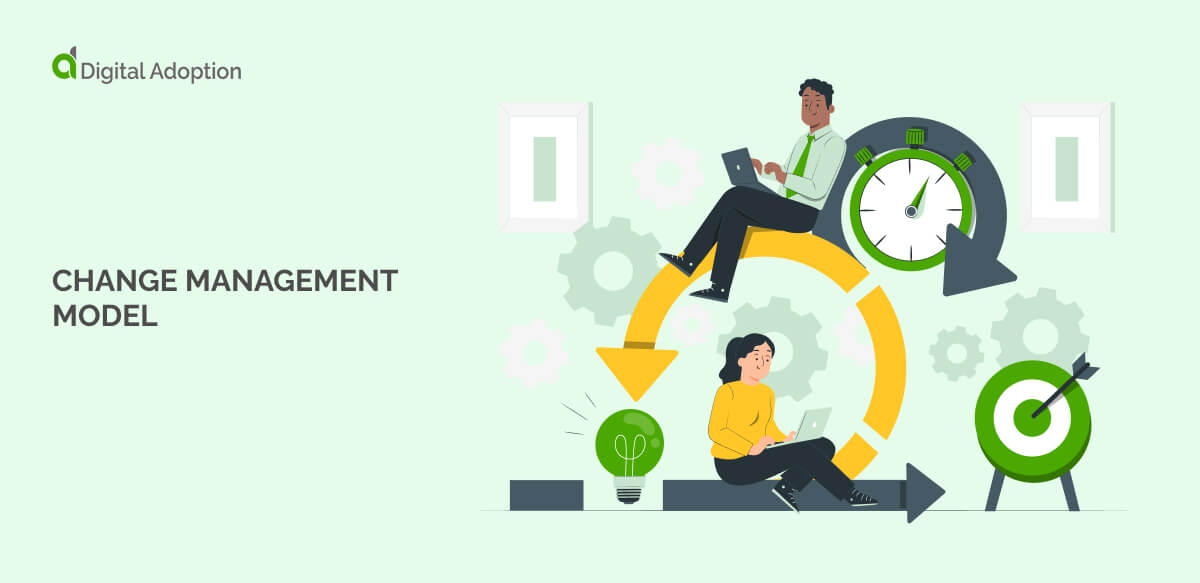What is a change management model?
A change management model is a structured plan that helps businesses introduce and manage change in an organized way. It provides clear steps to follow when making changes within a company.
These models guide businesses through each stage of change, making the process easier to manage. They focus on key areas like communication, leadership, and employee involvement to help people understand, accept, and adjust to new ways of working.
There are several well-known change management models, each with a different approach.
- Kotter’s 8-Step Process outlines steps to build urgency and momentum for change.
- Lewin’s Change Model explains change in three stages: unfreezing, changing, and refreezing.
- ADKAR (Awareness, Desire, Knowledge, Ability, Reinforcement) focuses on individual change by addressing personal readiness and commitment.
These models help ensure that change follows a clear structure, making it easier to plan and carry out successfully.

